Pameroy/Dreamstime.com
As a stylist, one of the most common challenges you’ll encounter is helping clients restore their natural curl patterns. Familiarizing yourself with the various types of curls and how they respond to different treatments is crucial for successful curl rehabilitation. With proper techniques and targeted solutions, you can help your clients rediscover their natural texture and confidently embrace their curls.
Demystifying Curl Pattern Loss
Before beginning curl restoration, it’s essential to identify what caused the pattern loss. Common culprits include heat damage, chemical processing, improper styling techniques and product buildup. Each cause requires a different approach to restoration, making accurate diagnosis crucial for treatment success.
Assessing Current Hair Health
A thorough assessment of the hair’s current condition provides the foundation for effective treatment. Evaluate porosity, elasticity and moisture levels to determine the most appropriate course of action. This assessment helps you determine whether protein treatments, moisture treatments or a combination of both will be most effective.
Creating a Customized Restoration Plan
Every client’s curl journey is unique and requires a personalized approach to restoration. Some clients may need intensive protein treatments to rebuild structure, while others require deep moisture therapy to reactivate their natural pattern. Understanding these differences allows you to create targeted treatment plans.
Using the right professional hair care products is crucial for successful curl restoration. Select products specifically formulated for damaged curls, focusing on those that provide both moisture and protein balance. Consider factors like the client’s hair porosity and density when making product recommendations for home care.
The Importance of Proper Cleansing
Establishing a proper cleansing routine forms the foundation of curl restoration. Teach clients the importance of using sulfate-free cleansers and demonstrate correct washing techniques to prevent further damage. Emphasize the role of proper scalp care in maintaining healthy curls. After all, a healthy scalp is a must for healthy hair.
Deep Conditioning
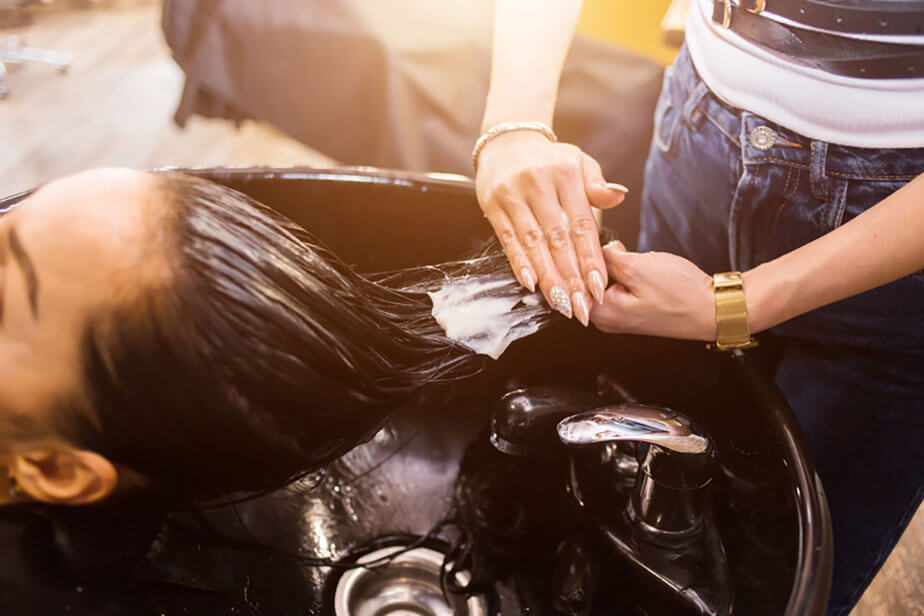
Liliia Shakirova/Dreamstime.com
Implementing regular deep conditioning treatments is essential for curl pattern restoration. Design a schedule that alternates between moisture and protein treatments based on the hair’s needs. Educate your clients about proper application techniques and timing for maximum benefits.
Bond Rebuilding Treatments
For severely damaged curls, bond rebuilding treatments can be transformative. These professional treatments help restore the hair’s internal structure, improving elasticity and curl formation. Incorporate these treatments strategically into the restoration plan.
Establishing a Curly Hair Routine
Help clients develop a sustainable curly hair routine that supports their curl pattern. The routine should include proper washing techniques, conditioning methods and styling approaches. It should also be realistic for their lifestyle while effectively maintaining their curls.
Heat Styling Guidelines
While heat styling isn’t entirely off-limits, establishing clear guidelines helps prevent further damage. Teach clients about proper heat protection, temperature settings and frequency of heat tool usage. Encourage alternative styling methods that support natural curl patterns.
Product Application Techniques
Proper product application significantly impacts curl formation and retention. Demonstrate the correct way to apply products, emphasizing the importance of even distribution and appropriate amounts. Using too much or too little product can be equally detrimental. This education helps clients maintain their curls between salon visits.
Moisture Management Methods
Teaching clients about moisture management helps them maintain their curls long-term. Instruct them on proper washing frequency, daily moisturizing techniques and protection methods for different weather conditions.
Nighttime Protection Protocols
Establish effective nighttime protection routines to maintain curl definition between wash days. Recommend appropriate pillowcase materials and protective styling methods for sleeping that minimize friction and maintain moisture.
Regular Maintenance
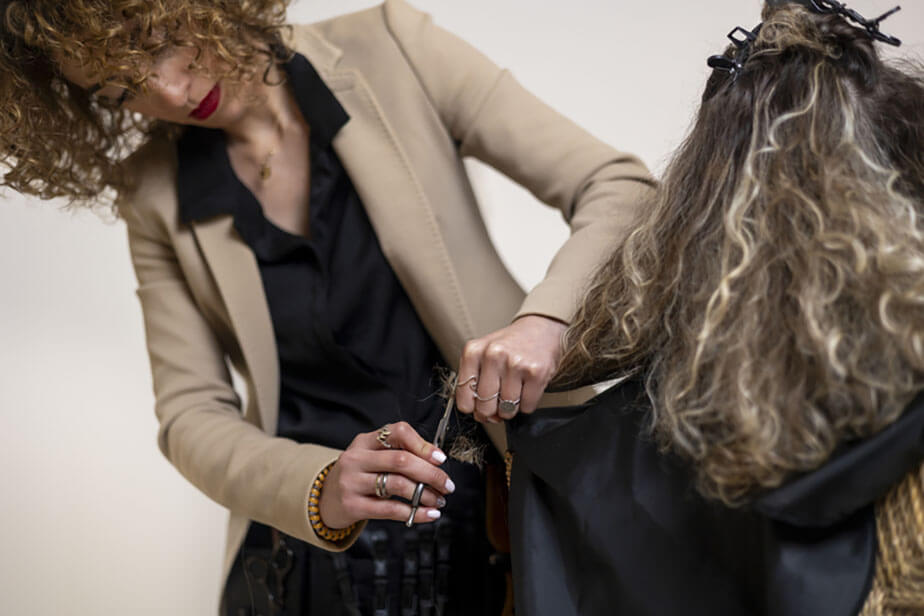
Pblogallard/Dreamstime.com
Create a maintenance schedule that includes regular trims, professional treatments and hair assessment check-ins. This helps you monitor progress and allows for adjustments to the restoration plan as needed.
Client Education Essentials
Success in curl restoration heavily depends on client education. Provide clear instructions for home care, including product usage, styling techniques and maintenance methods.
Conclusion
Restoring natural curls requires patience, expertise and consistent care. As a stylist, your role extends beyond initial treatment to ongoing education and support. By understanding the science of curl patterns and implementing targeted restoration techniques, you can help your clients achieve healthy, vibrant curls that enhance their natural beauty. Curl restoration is a journey that requires commitment from both the stylist and the client, but the results are worth the dedication when clients rediscover their natural curl pattern.











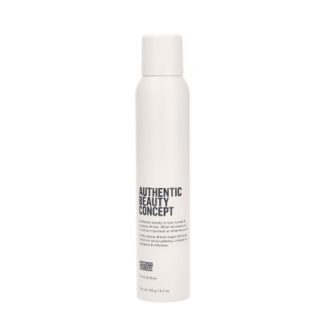
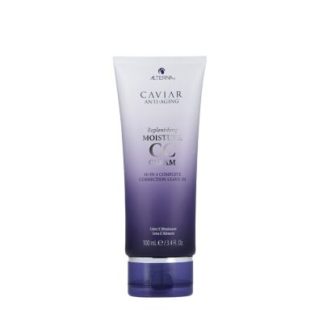
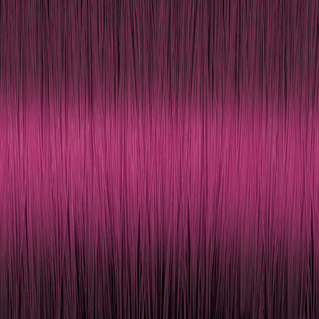
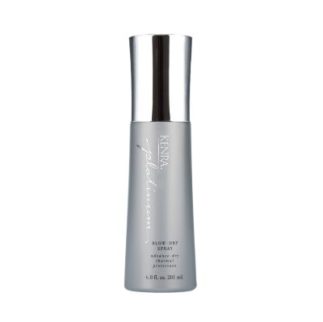
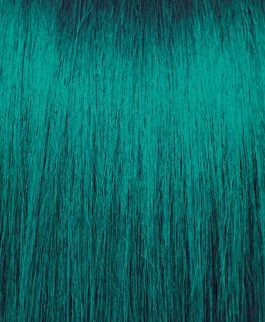
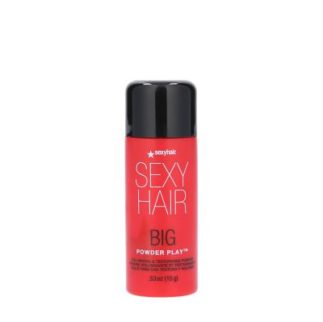
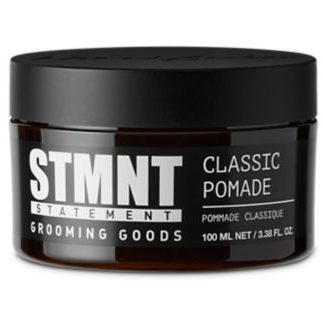
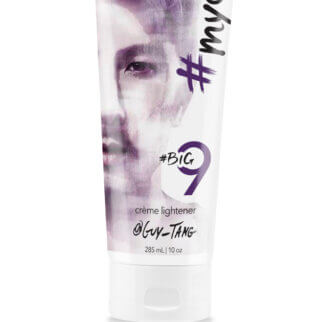
Share Your Feedback